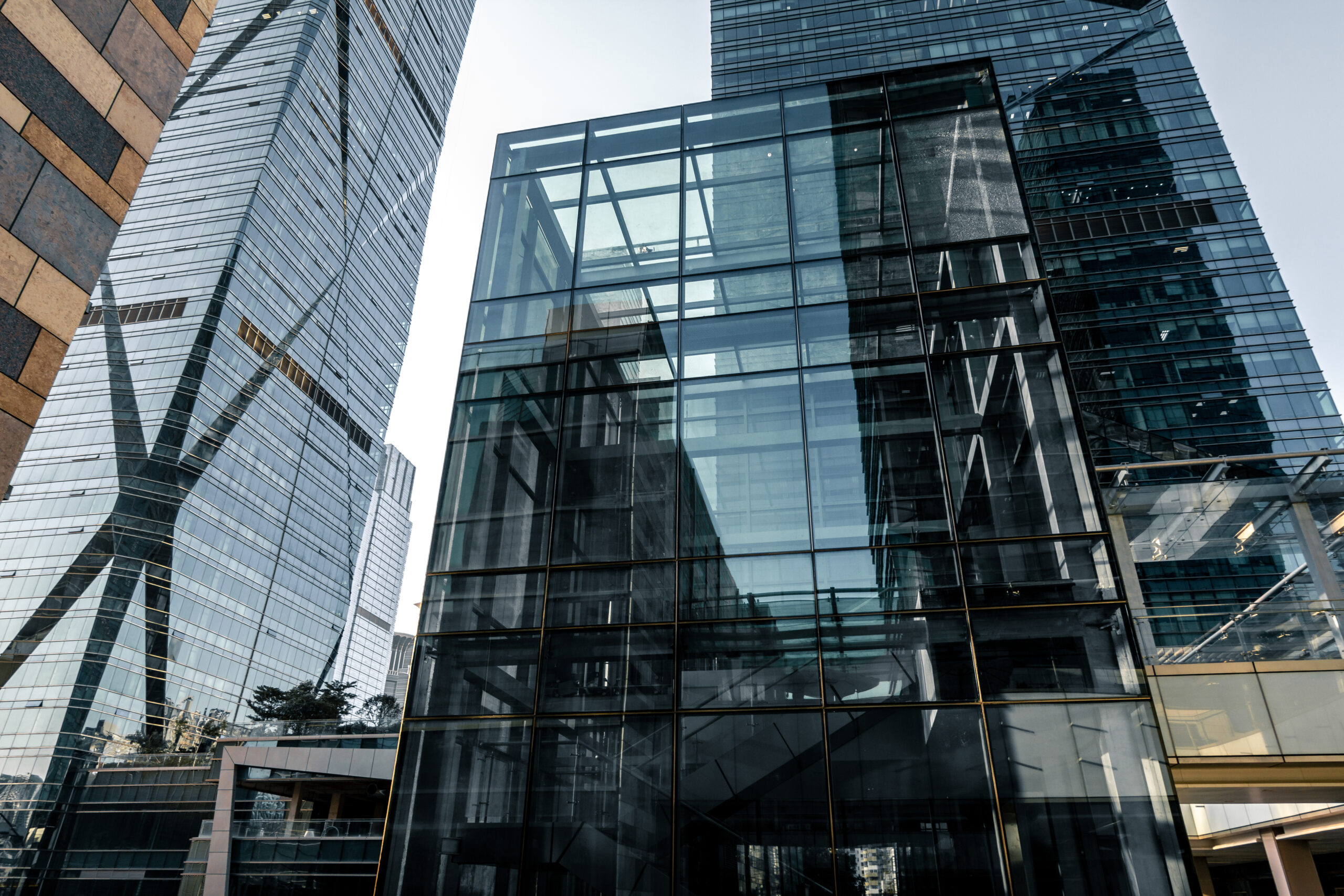When designing a building, it’s important to take soundproofing – sound control measures – into account. This is particularly true for commercial developments, as they naturally tend to generate a lot of noise, whether from the buzz of equipment, the chatter of workers, or other factors. It doesn’t help that many common construction materials, like brick, wood, tile, and concrete, tend to reflect sound rather than absorb it.
While the background noise present in a commercial building might not seem like a serious concern, bad acoustics can have a significant impact on productivity and overall well-being. This, in turn, can impact property value; tenants will not be as interested in a property if it fails to consider soundproofing.
Each commercial space has different soundproofing concerns that should be addressed depending on what kind of space it is. A plaza with offices above it, for instance, needs to prevent noise from bleeding from the public stores to the private office areas so that office productivity is not impacted. On the other hand, an apartment complex must ensure that units have adequate soundproofing between them so that occupants cannot hear each other. And, of course, performance-focused buildings, such as theaters and lecture halls, have especially specific concerns to ensure optimal acoustics.
To maximize efficiency, it is best to consider soundproofing during the early stages of the construction process, incorporating soundproofing best practices into the design and building process itself rather than trying to add soundproofing after completion. A few crucial considerations are:
Filling gaps: Gaps, cracks, and other miniscule openings allow sound to travel, so sealing as many of these areas as possible during the building process – for example, by adding sufficient insulation – can make a big difference.
Layout: Commercial buildings are comprised of multiple areas, including storage rooms and closets. Not all of these areas need to be soundproofed, so plan accordingly to get the most out of your budget.
Diffusion: Diffusion is the process of reflecting sound in a way that takes into account the unwelcome effects of reverberation. Diffusion panels can be strategically placed in a large commercial building to help disperse sound while minimizing harmful echoes.
Absorption: While diffusion is suitable for large, open spaces, absorption is a better strategy when focusing on smaller spaces. Acoustic panels are one common tactic; these act like a sponge to absorb sound. Utilizing fibrous materials, such as thick carpets and foam padding, also helps. There is even sound-absorbent paint that can be applied to walls.
Though it may seem unnecessary to think about soundproofing a commercial development, remember that your tenants will likely feel differently. Incorporating these considerations can only benefit your bottom line, and it is much more practical to implement them during the initial design and building process than attempting to soundproof after your project has already been completed.
Looking for a team to take the lead on your next project? At Pulse Construction, we’re committed to doing business with an honest, professional, and competitive approach – without compromising safety or schedules. Contact us today for all of your building needs.



